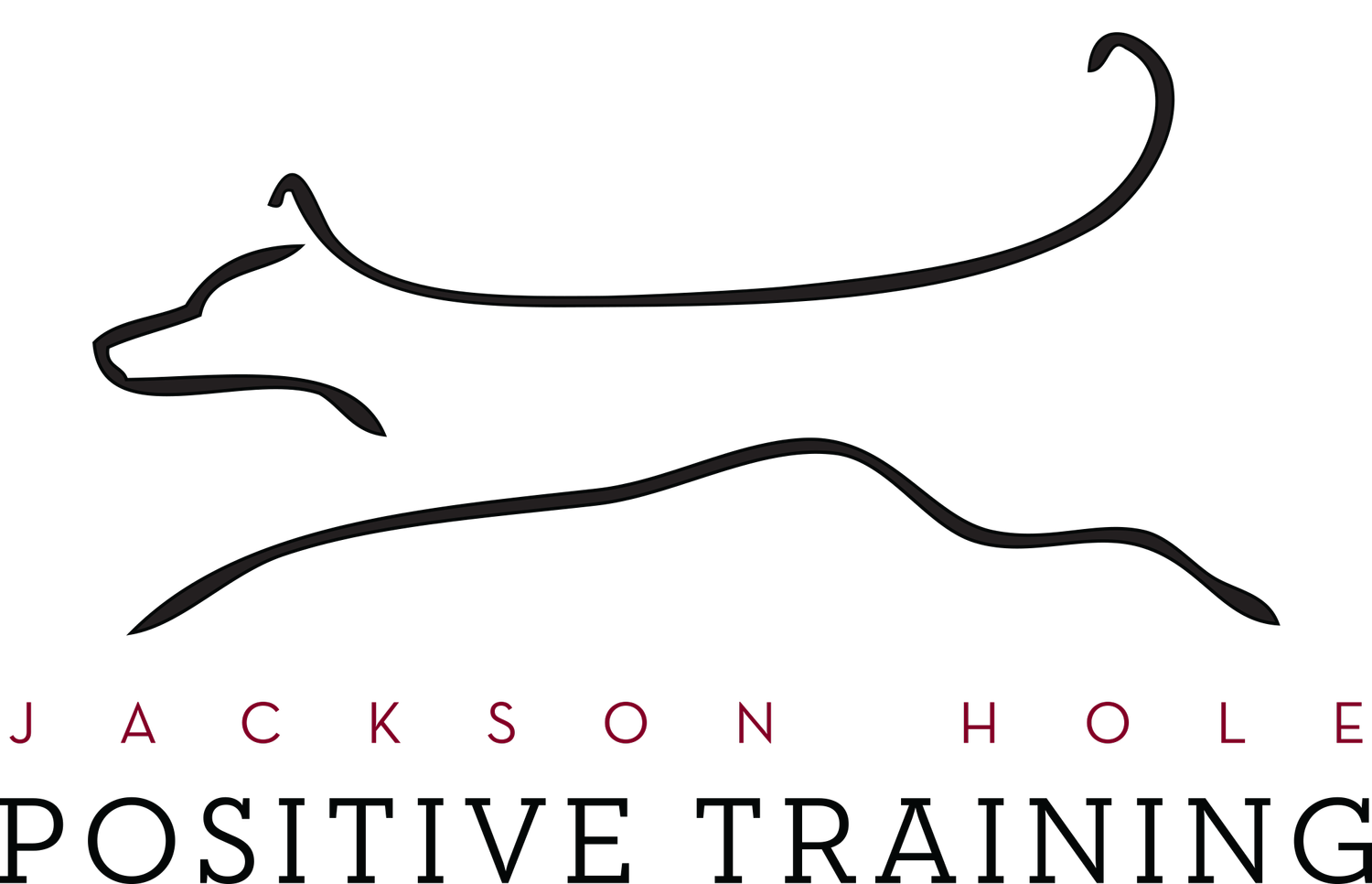Norms and Expectations
It’s a human tendency to look outward, rather than inward, for the source of a “problem”. This holds true in many realms, not the least of which is how we view our dogs. So it’s not surprising that a big cause of canine-human friction is human expectations.
Although many parents recognize accommodating a child’s individuality will be necessary, this sentiment is rarer among those who live with a canine. Instead, the often well-intentioned agenda of fun things to do together is often solely determined by the human. Yet it’s generally expected the dog should comply; if not, the common conclusion is that there’s a canine behavior problem. Far too often, a dog just trying to communicate his discomfort is inaccurately labeled as “misbehaving”. A dilemma for sure.
Why is it that we tend to be so much less understanding of canines? Unfortunately, it’s likely because we have been culturally conditioned to believe that other species in general are mostly here to serve us (a long story for another time), so having animals do as we wish became the way we related to them. This is exemplified today by the prioritization of obedience or compliance above all else when it comes to our dogs, with far less focus on their experience, emotions, or preferences. (Of course, for many years it was believed dogs didn’t have any of those, either, but we now know otherwise.)
Which bring us to the muddy waters of expectations, and how they color our viewpoint. Why is it we have these sorts of expectations for dogs? One influential force is our culture’s ideal of canine behavior: that any “normal” dog enjoys interacting with everyone and anyone; is totally forgiving of even inappropriate adult, child, or canine behavior; and is unflappable in every circumstance.
However, this ideal is not representative of reality and instead does a great disservice to dogs. There is actually a huge spectrum of personalities and tendencies among canines that qualify as normal. Dogs are not all cut from the same cloth - not even close. As discussed in the first column of the year, genetics (among other things) play a pretty big role in behavior. Herding dogs will be aroused by movement; scent hounds tend to explore the world via their noses. But there’s also individual differences. There are doggy extroverts and introverts. Some dogs are more sensitive; some more forgiving; some more curious; some more excitable, others more naturally anxious. Just like people.
This isn’t to propose that we bubble wrap our dogs, just to rethink what we expect of them. While we absolutely do want to help our pups feel more comfortable with the things life is likely to throw their way in an effort to lower stress levels and improve quality of life, we should also recognize there isn’t anything wrong with a dog who just doesn’t fit the unrealistic cultural norm of “bombproof”. We certainly wouldn’t have the same expectations for any person, right? Let’s face it: no dog “has to” attend a busy BBQ, patiently tolerate being laid on by children, or enjoy being stampeded by dog after dog on a busy trail.
Another unhelpful myth is that dogs should enjoy everywhere we want to go, plus immaculately handle all kinds of complex social circumstances that really are quite tough for many dogs to navigate well. The truth is that many dogs would rather quietly chew on a bone in the truck after a nice quiet bike ride than join in on that brew pub hangout or chaotic get together. This isn’t abnormal, either.
It’s saddening to think of all dogs out there whose humans are disappointed, frustrated, and feel like their dog needs more “training” or “socializing” because they are holding them to an unrealistic expectation. No amount of wishing (or training or socializing, for that matter) will make an apple an orange, nor is it fair to the apple to try to do so. Enjoy apple juice instead! There are many types of fantastic lives dogs can live; don’t limit your imagination to just this one very limited template the culture presents to us.
Instead, learning about who your dog is and what lights their eyes up, listening to and understanding them, and getting creative about how to help them feel safe, happy, and have their needs fulfilled is a much more worthy aim. Keep in mind that while dogs are domesticated, they are nowadays also largely captive creatures whose every aspect of life we almost completely control. We need to take this responsibility seriously.
Of course, this flies in the face of our cultural conditioning that dogs are largely here to serve us and top priority should be doing as we say or wish with little regard for their sentiment. But is that really what dogs are here for - or the basis for any relationship?
Instead of looking at dogs as compliant company for us humans, we could see them as teachers, here to help us learn to be better people: more understanding, more empathetic, more accepting. Meeting them where they are and enjoying who they are, not for who we wish them to be; to love without condition, something dogs do so well. Easy? Nope. But it starts with examining our expectations, and why we want to share our lives with dogs.
It might just be that the one whose behavior needs changing is us. Will you look outward, or inward?

